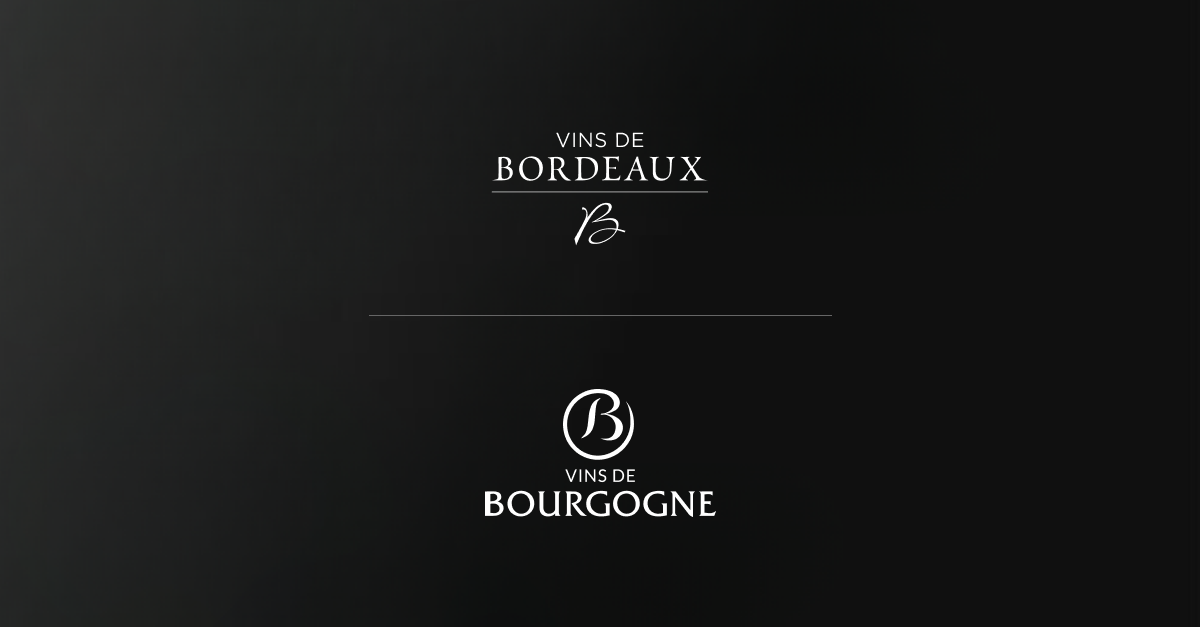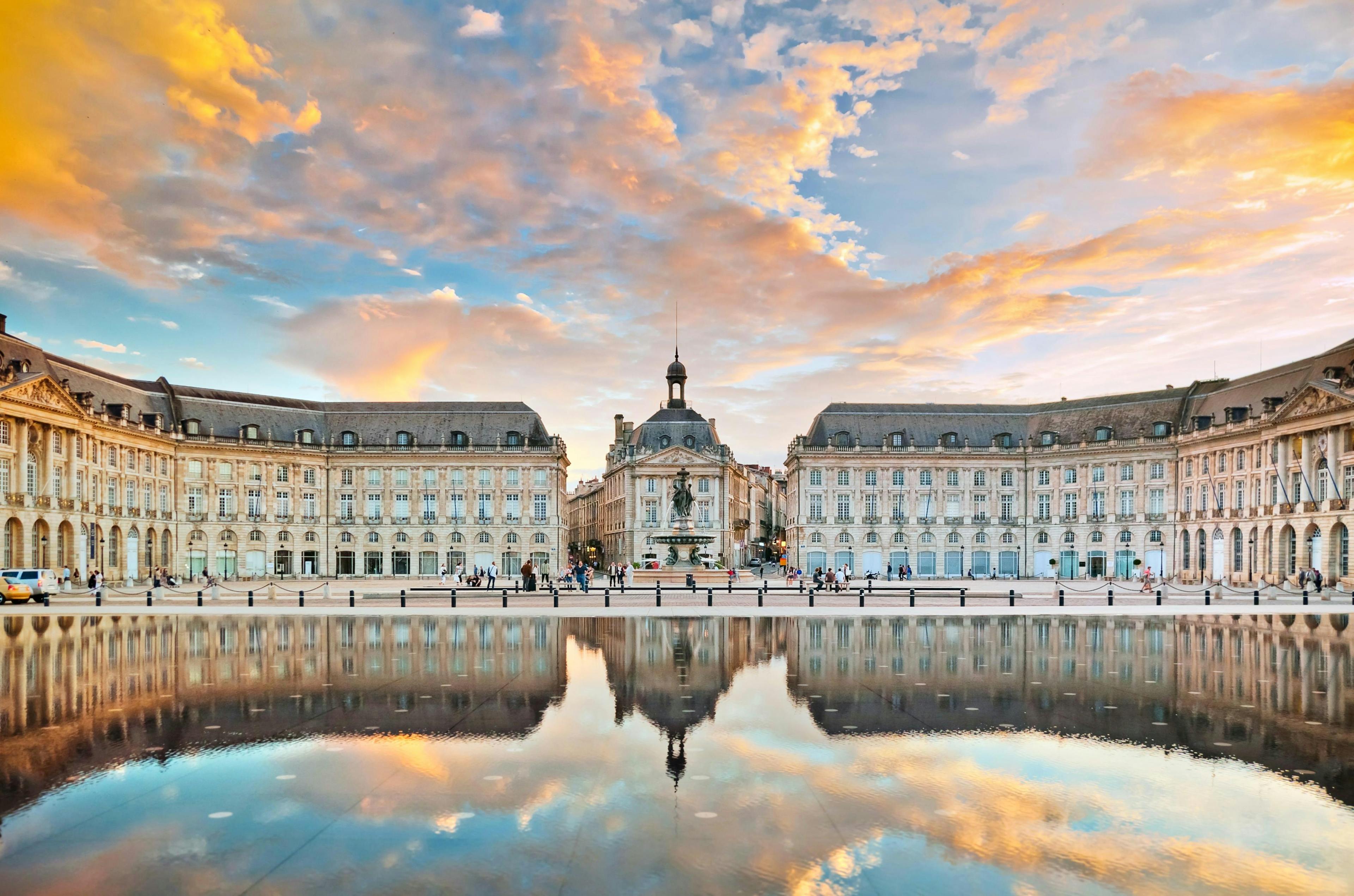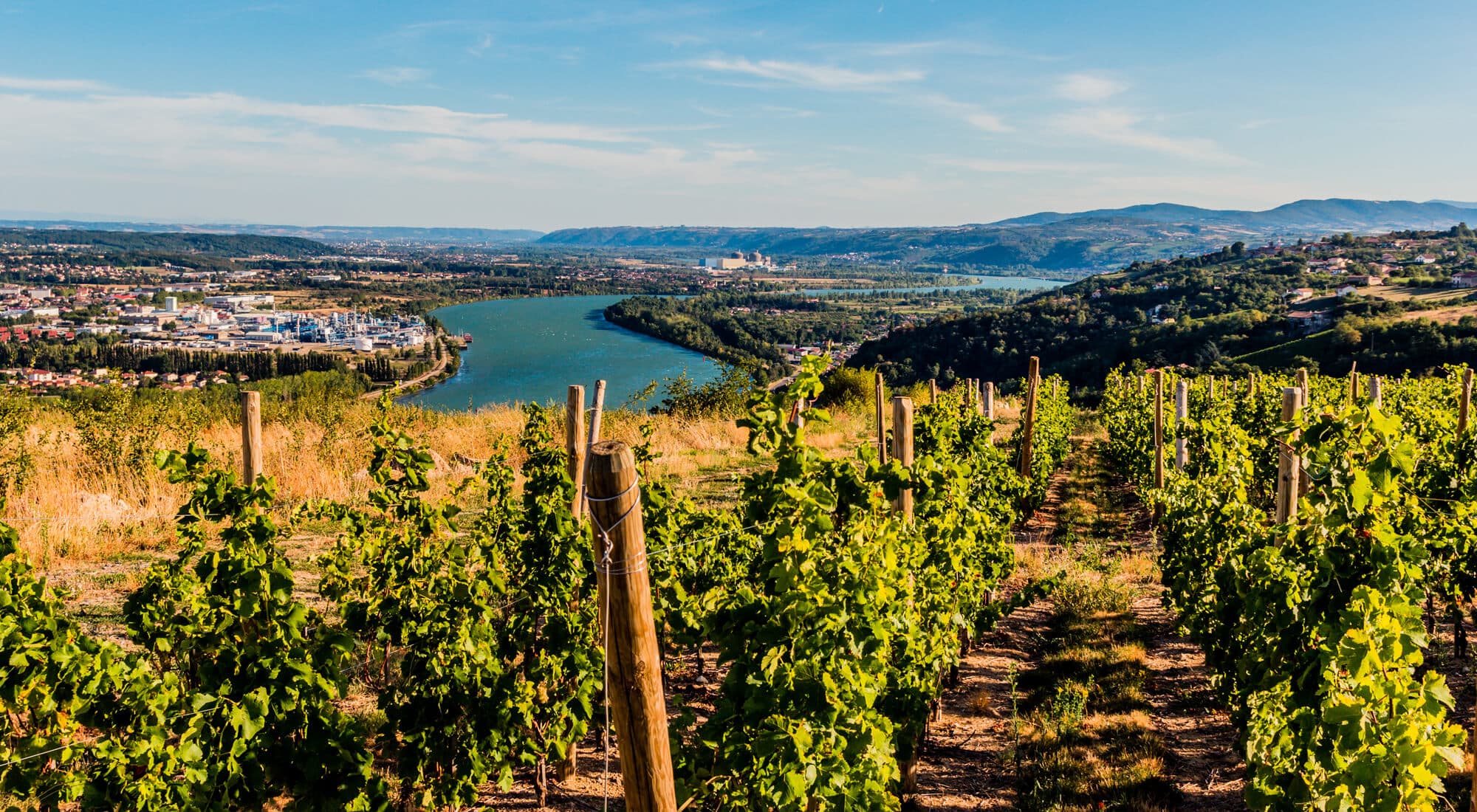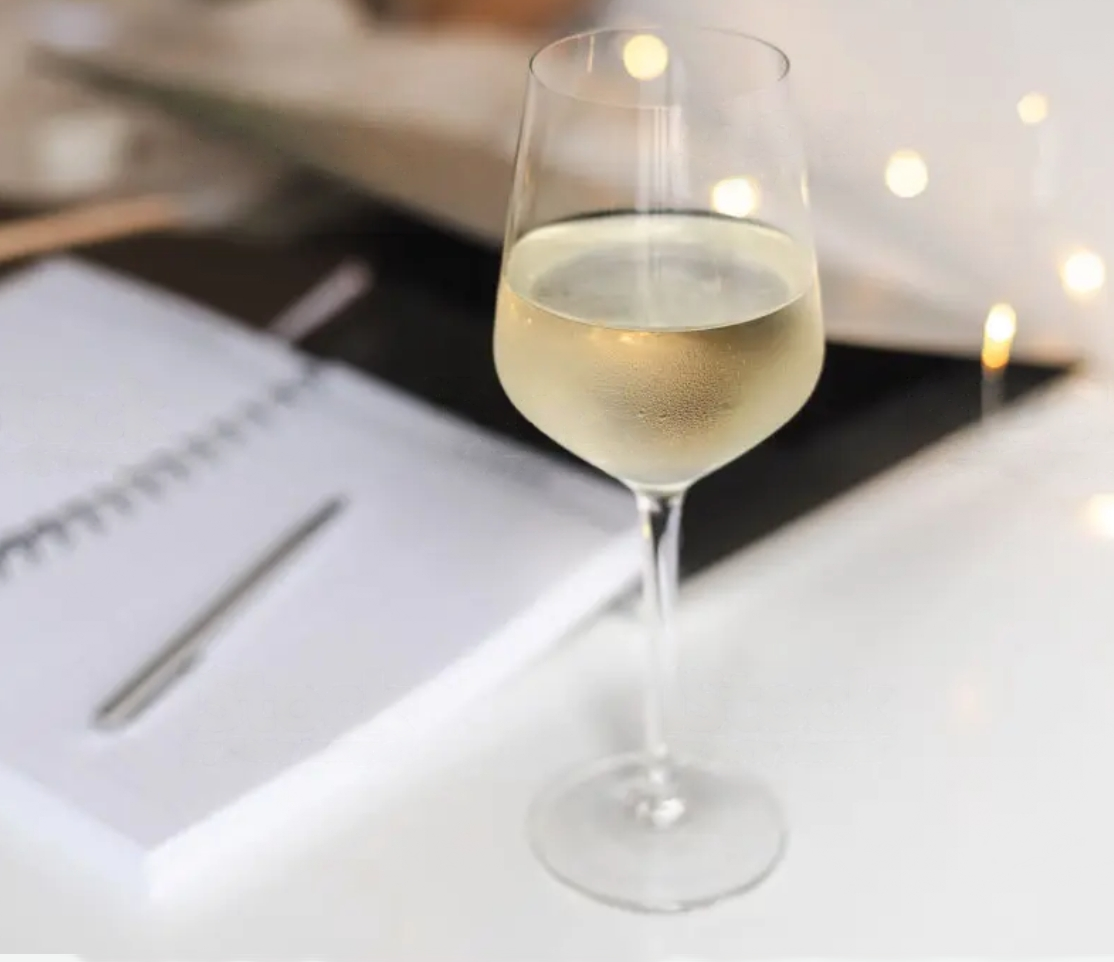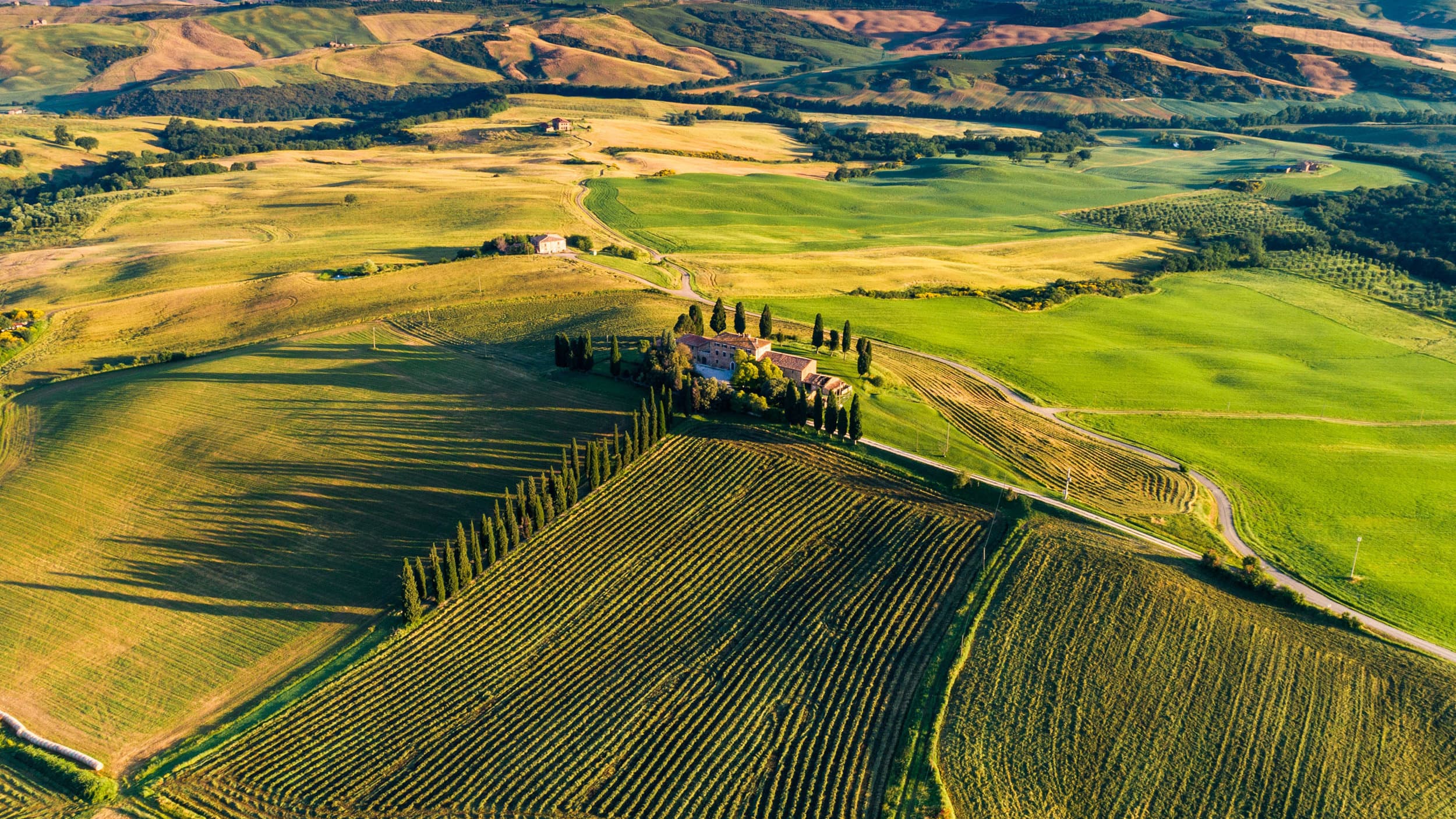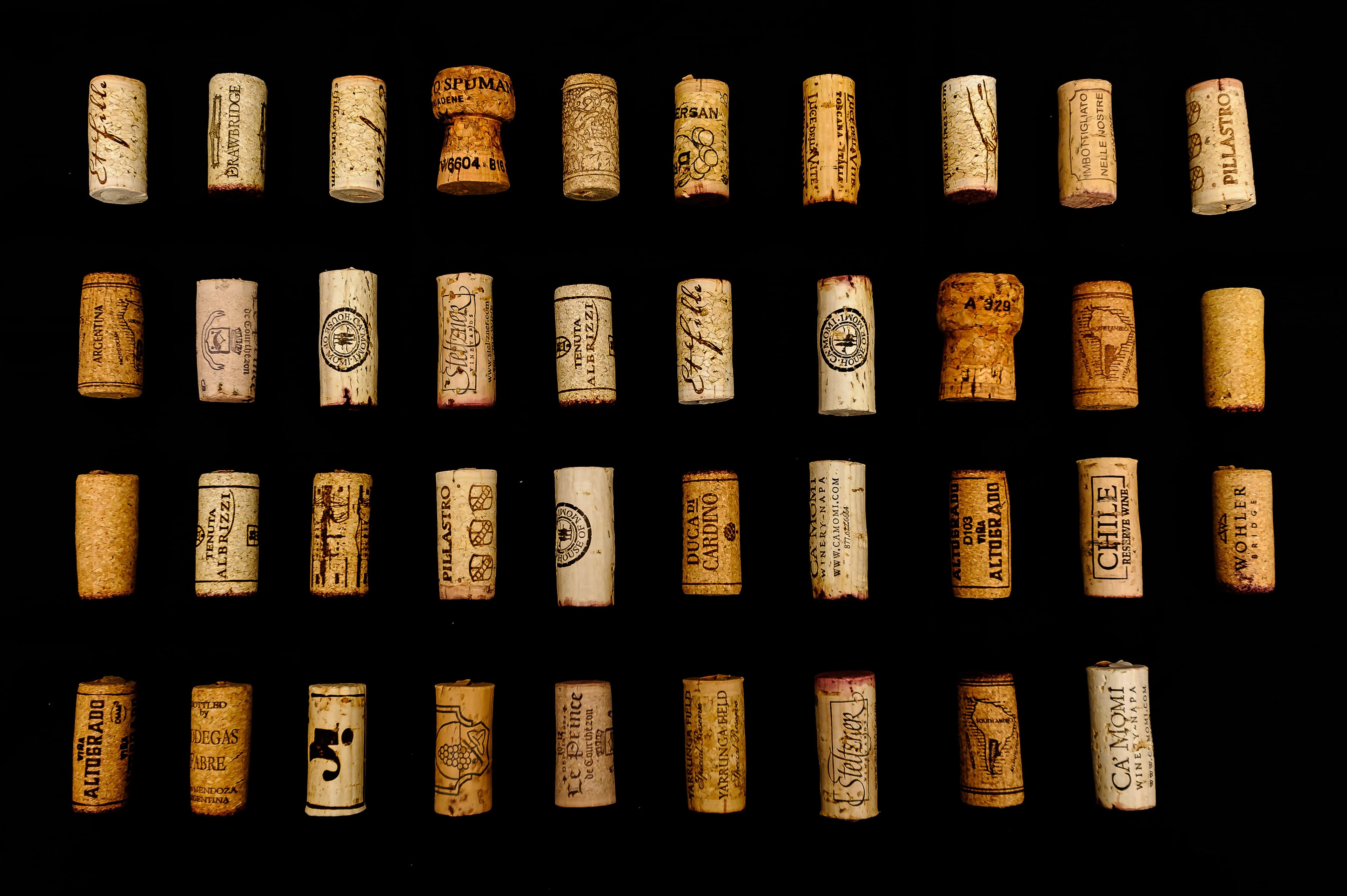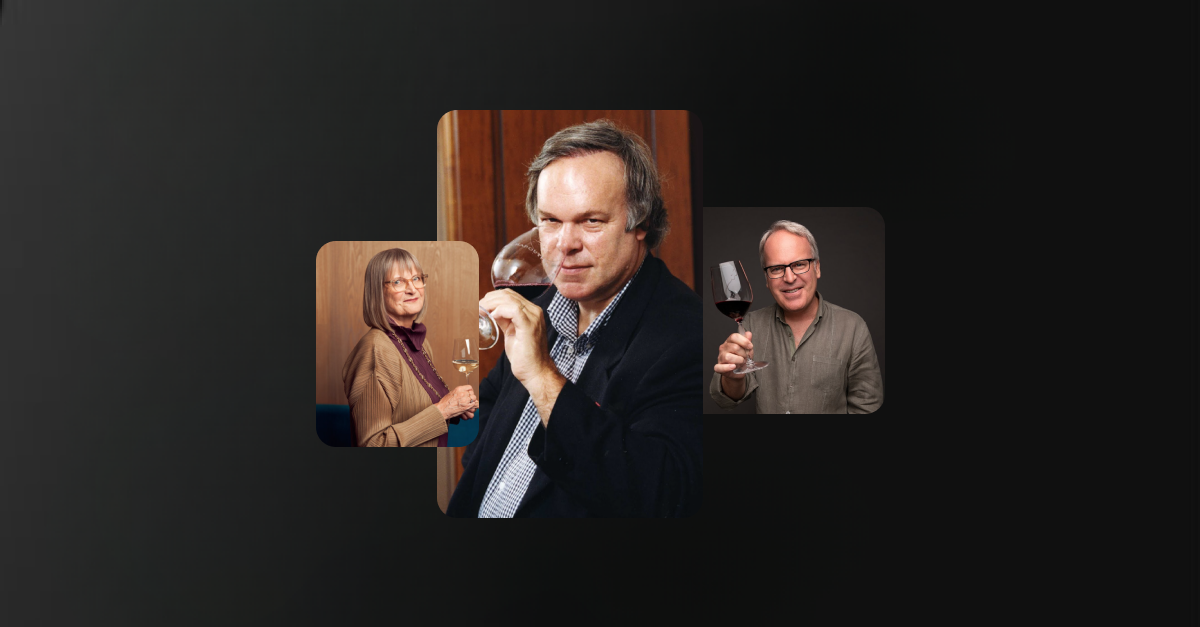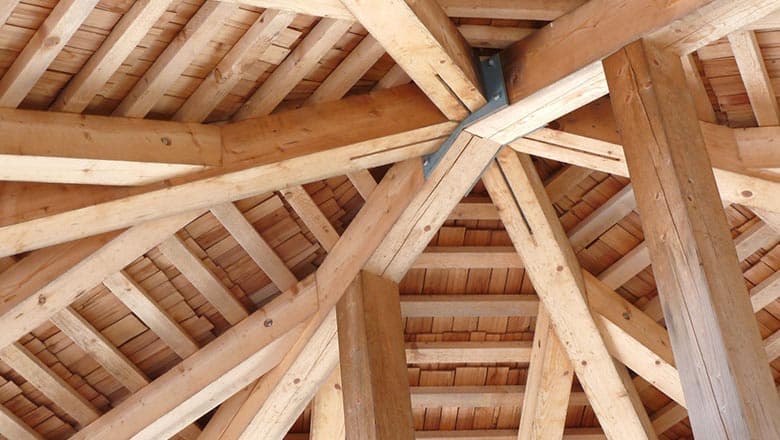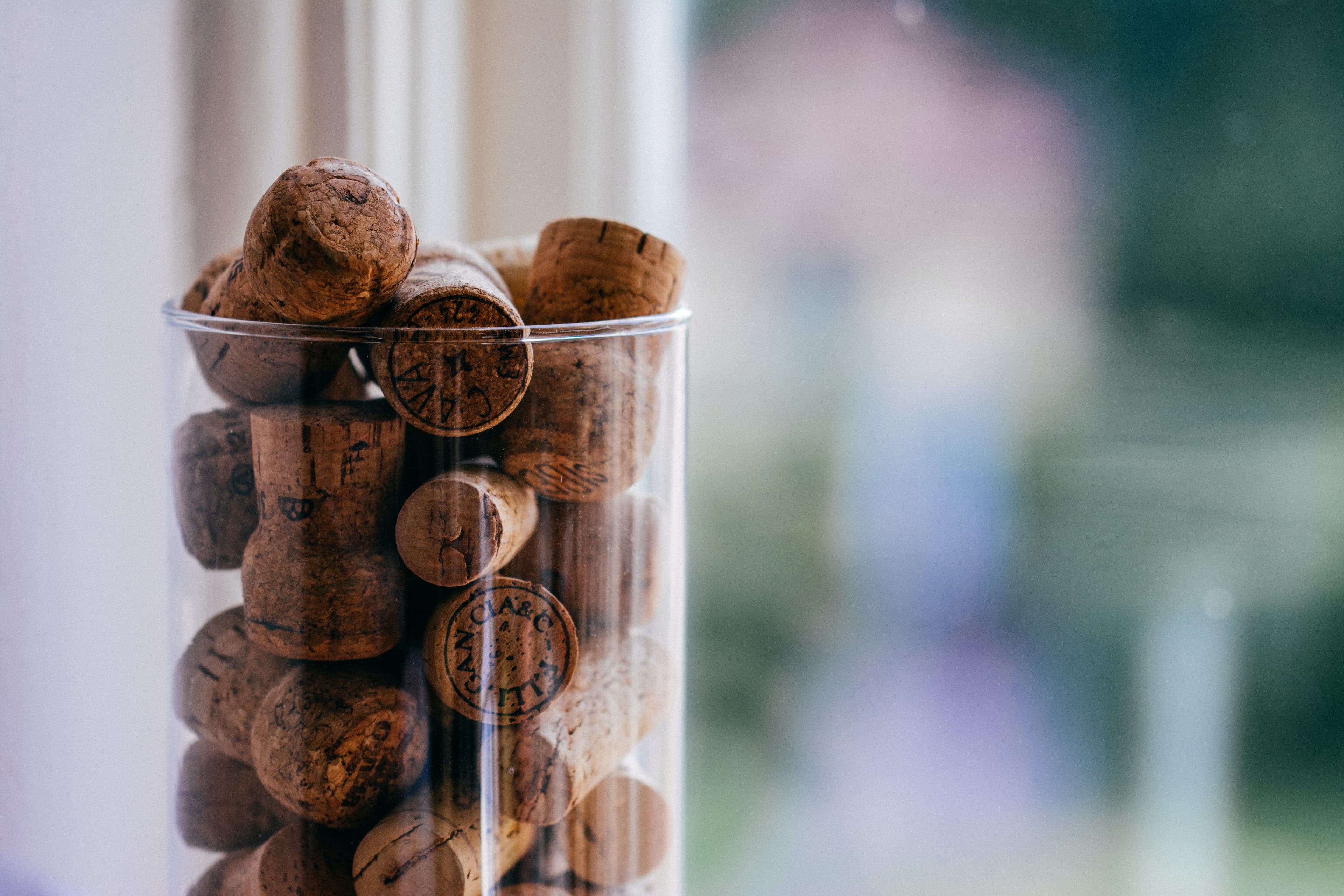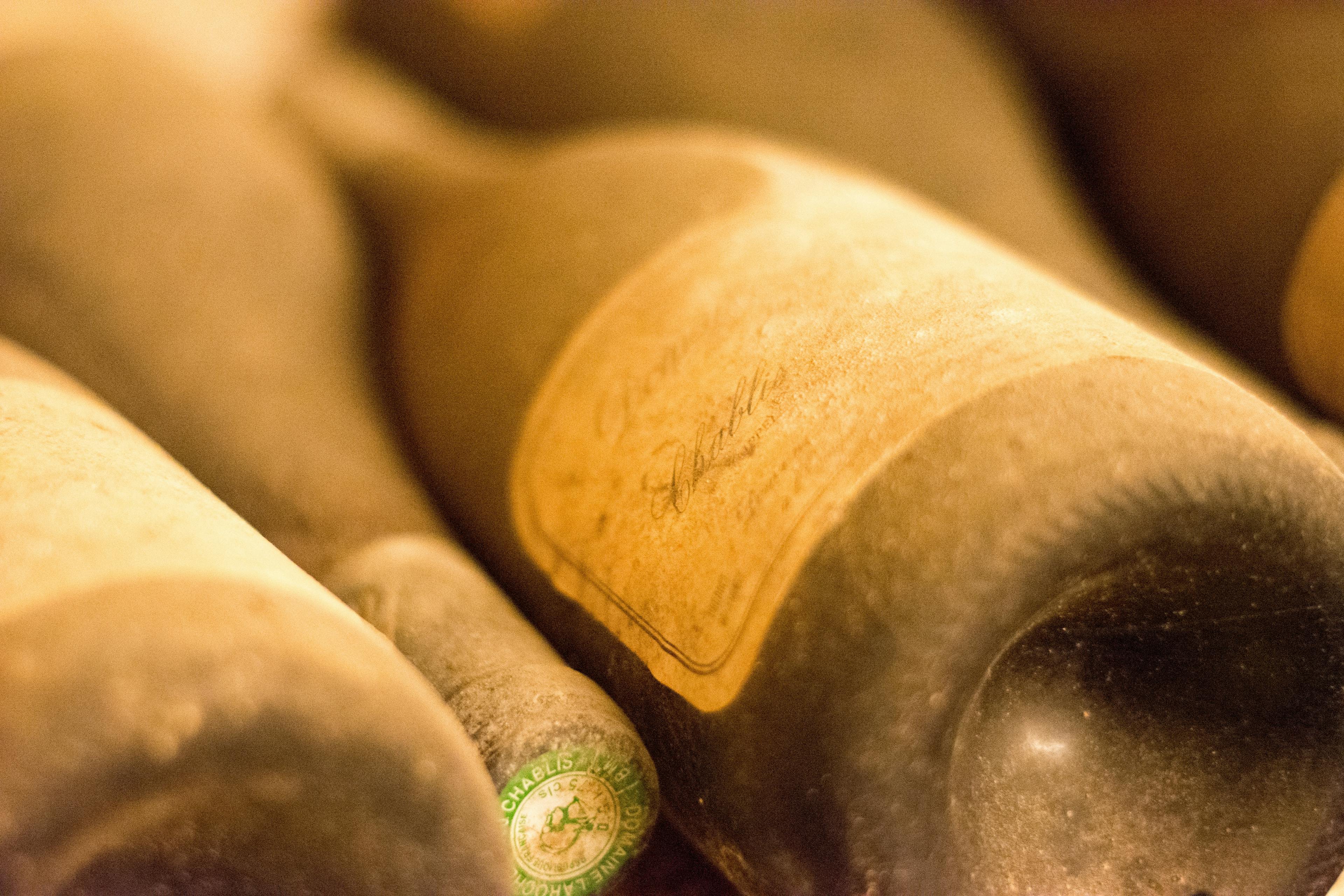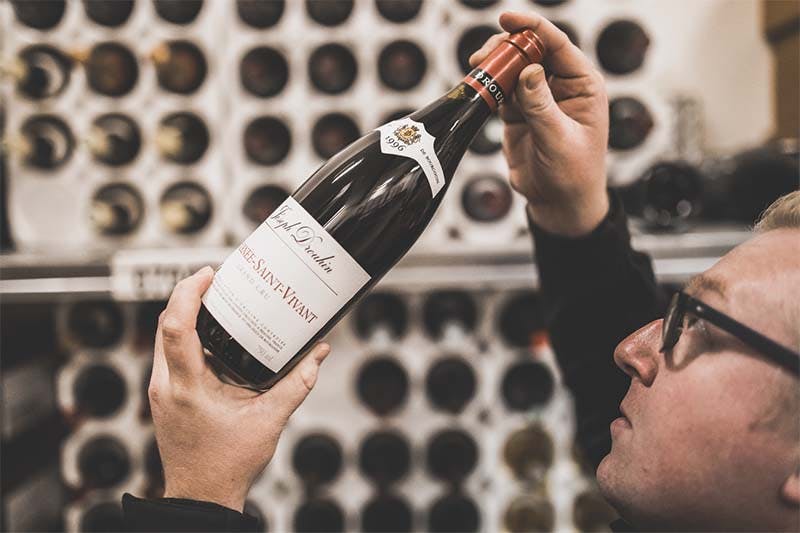The Craftsmanship Behind Château Cheval Blanc
12 min read
Head of Content

Discover the meticulous artistry and tradition that define Château Cheval Blanc, a prestigious winery renowned for its exceptional wines. Nestled in the heart of Bordeaux, France, this iconic estate has been synonymous with quality and innovation in viticulture for over a century. The winery's dedication to excellence is evident in every bottle, reflecting a deep respect for the land and a commitment to sustainable practices. Join us as we delve into the history, techniques, and passion that make Château Cheval Blanc a beacon of luxury in the wine world.
The Vineyard: Care and Maintenance of the Vines
Maintaining the vineyard at Château Cheval Blanc requires meticulous attention to detail and a deep understanding of viticulture. The estate's commitment to quality begins with the soil, which is carefully managed to ensure it provides the optimal nutrients and structure for the vines. Regular soil tests are conducted to monitor fertility levels and to tailor the organic matter inputs precisely.
Pruning is another critical aspect of vine care at the estate. This is done during the dormant season to help control the growth and ensure that the energy is directed towards producing high-quality grapes. The technique used is specific to the varietal characteristics of each grape, promoting better sunlight exposure and air circulation within the canopy.
Water management is also a key focus, with an emphasis on sustainable practices. Irrigation is used sparingly, relying mostly on natural rainfall to serve the vines' needs. This approach helps to stress the vines just enough to enhance the concentration and complexity of the flavors in the grapes.
Soil management for optimal growth
Pruning techniques tailored to grape varietals
Sustainable water use to enhance grape quality
These practices collectively ensure that each bottle of Château Cheval Blanc reflects the highest standards of craftsmanship and care.
Harvesting Techniques: Timing and Selection
Harvesting techniques at Château Cheval Blanc are meticulously planned to ensure the highest quality of grapes. Timing and selection are critical components that significantly influence the final product. The vineyard's team closely monitors the maturity of the grapes, considering sugar levels, acidity, and tannin content to determine the optimal harvest time. This precision ensures that each varietal is picked at its peak.
Weather Conditions: The decision on when to harvest heavily depends on weather conditions. A dry season might accelerate the ripening process, whereas a wetter season can delay it.
Manual Harvesting: Workers at Château Cheval Blanc manually pick the grapes. This traditional method allows for selective picking, where only the best grapes are chosen.
Berry Testing: Regular testing of individual berries is conducted to assess their readiness for harvest. This involves tasting and chemical analysis to ensure perfect balance.
Phenolic Maturity: The focus is not only on physical ripeness but also on phenolic maturity, which affects the wine's color, tannin structure, and flavor profile.
For more detailed facts about Château Cheval Blanc, exploring the specific techniques and their impact on the wine can provide deeper insights into the art of viticulture.
The Art of Blending Different Grape Varieties
The art of blending different grape varieties at Château Cheval Blanc is a meticulous process that highlights the estate's commitment to quality. This renowned winery skillfully combines Merlot, Cabernet Franc, and occasionally Cabernet Sauvignon to create complex, elegant wines. Each variety contributes unique characteristics: Merlot adds softness and depth, Cabernet Franc brings finesse and aroma, while Cabernet Sauvignon offers structure and longevity.
Mastering this blend requires deep knowledge of each variety's response to the estate’s specific terroir. The winemakers at Château Cheval Blanc carefully select grapes based on their maturity and potential to contribute to the final product. This selection ensures that each component perfectly complements the others, achieving a harmonious balance that is characteristic of the estate's popular vintages.
Merlot: Dominates the blend, providing roundness and plum flavors.
Cabernet Franc: Adds aromatic complexity with hints of tobacco and violets.
Cabernet Sauvignon: Used sparingly, it enhances the wine’s structure and aging potential.
Through this precise art of blending, Château Cheval Blanc consistently crafts wines that are celebrated worldwide for their elegance and complexity.
Fermentation Processes and Their Nuances
The fermentation processes at Château Cheval Blanc are meticulously designed to enhance the taste of their wines. Each step is carefully monitored to ensure the flavors and aromas are perfectly balanced. The primary fermentation involves the transformation of grape sugars into alcohol by yeasts. This stage is critical as it sets the foundational flavor profile of the wine.
Temperature control is another crucial aspect during fermentation. By maintaining specific temperatures, the winery can influence the wine's characteristics, promoting the development of desired aromas and suppressing unwanted ones. Cooler temperatures generally slow the fermentation process, allowing for the preservation of delicate flavors that might otherwise be lost at higher temperatures.
Malolactic fermentation is also employed, a secondary process where lactic acid bacteria convert malic acid into softer lactic acid. This not only stabilizes the wine but also contributes to its creamy texture and complexity.
Temperature Regulation: Ensures optimal yeast activity and flavor preservation.
Yeast Selection: Specific strains are chosen to match desired flavor profiles.
Monitoring: Constant checks guarantee that each batch meets the high standards expected at Château Cheval Blanc.
Aging Process: Barrels and Time
The aging process of Château Cheval Blanc is a meticulous practice that significantly influences the characteristics of its wine. Central to this phase are the barrels used, which are primarily French oak. These containers contribute not only a subtle woody flavor but also help in the gradual integration of tannins, which softens the wine's texture.
Selection of Wood: The choice of oak and its origin are crucial, as they affect the flavor complexity and structure of the wine. Cheval Blanc opts for wood that imparts a delicate, almost spicy note, enhancing the wine's natural aromas without overpowering them.
Duration of Aging: Typically, Cheval Blanc wines spend up to 18 months in these barrels. This duration is carefully calibrated to ensure that the wine achieves optimal balance between the fruit and oak influences, without either dominating.
Barrel Rotation: Regular rotation of the barrels ensures an even maturation process. This practice helps in stabilizing the wine and distributing the subtle oak flavors uniformly.
Through these detailed steps, the aging process at Château Cheval Blanc meticulously crafts wines with depth and elegance, ready to stand the test of time.
Quality Control and Attention to Detail
At Château Cheval Blanc, quality control and meticulous attention to detail are paramount in ensuring the wine's exceptional standard. Each step of the winemaking process is carefully monitored, from the selection of grapes to the aging in oak barrels. This rigorous approach guarantees that every bottle maintains the estate's reputation for excellence.
Vineyard Management: The vineyard team at Château Cheval Blanc meticulously manages each vine to ensure optimal grape quality. This includes precise pruning, soil management, and controlled irrigation, all tailored to the unique needs of each vine plot.
Harvesting Techniques: Grapes are handpicked with extreme care to prevent bruising and to select only the best fruit. This selective process helps in maintaining the integrity and flavor profile of the grapes.
Fermentation Oversight: During fermentation, temperatures are closely regulated to preserve the delicate aromas and flavors inherent in the grapes. The winemakers employ both traditional and innovative techniques to enhance the wine's complexity and balance.
Aging and Bottling: The aging process is conducted in fine-grained oak barrels, which contribute to the wine's structure and taste. Before bottling, each batch undergoes several quality checks to ensure consistency and quality.
For those looking to store Château Cheval Blanc, it is crucial to maintain proper conditions to preserve its quality and extend its longevity.
The Role of the Master Winemaker
The master winemaker at Château Cheval Blanc plays a pivotal role in ensuring the quality and distinctiveness of the wine. This individual's expertise is crucial in overseeing the vineyard's viticultural practices, from soil management to the precise timing of the harvest. Their deep understanding of terroir influences the selection of grape varieties that best express the unique characteristics of the estate.
In the winery, the master winemaker's decisions on fermentation processes and aging techniques further define the wine's profile. They meticulously balance factors like temperature and oxidation to enhance the wine's complexity and ensure its longevity. This careful attention to detail is what makes each vintage of Château Cheval Blanc stand out.
Moreover, the master winemaker's influence extends beyond the bottle. They often collaborate with culinary experts to recommend food pairings that complement the wine's rich palette. Such pairings can elevate both the dining experience and the appreciation of the wine's nuanced flavors. Here are a few examples:
Grilled lamb with rosemary enhances the wine’s berry notes.
Roasted duck brings out its earthy undertones.
Aged cheeses accentuate its silky tannins.
Sustainability Practices in Winemaking
Sustainability practices in winemaking are crucial for ensuring the longevity and ecological balance of vineyards. At Château Cheval Blanc, these methods are deeply integrated into every aspect of production. The estate focuses on organic farming techniques, which avoid the use of synthetic pesticides and fertilizers. This approach not only preserves the natural soil composition but also supports biodiversity in the vineyard ecosystem.
Water management is another key area of focus. By implementing advanced irrigation systems, Château Cheval Blanc ensures efficient water use that minimizes waste and supports vines during dry spells without overexploiting local water resources. Additionally, the winery employs energy conservation measures, including the use of solar panels to reduce reliance on non-renewable energy sources.
Recycling and waste reduction are also prioritized. Organic waste from the winemaking process is composted and returned to the vineyards, enhancing soil fertility and structure. The winery's commitment to sustainability extends to its buildings, with materials chosen for durability and environmental impact.
For those interested in the history of Château Cheval Blanc, these practices are a testament to its forward-thinking approach, blending tradition with innovation to craft exceptional wines responsibly.
Innovations Adopted by Château Cheval Blanc
Château Cheval Blanc, renowned for its prestigious wines, has consistently embraced innovation to enhance its vineyard management and wine production processes. One significant advancement includes the integration of organic farming techniques. This shift not only supports sustainable agriculture but also improves the soil's health, leading to more robust vines.
Another area of innovation is in their water management systems. Advanced irrigation technologies allow for precise water control, which is crucial in maintaining the balance of moisture received by the grapevines. This method ensures optimal growth conditions and grape quality.
The estate has also pioneered the use of optical sorting technology during harvest. This system scrutinizes each grape before it goes into production, ensuring only the best quality fruit is used. Such meticulous selection contributes to the consistent excellence of their wine.
Moreover, Château Cheval Blanc has developed a state-of-the-art winery designed by noted architect Christian de Portzamparc. The facility's design not only reflects modern aesthetic values but also incorporates functional innovations that aid in the delicate process of wine fermentation and aging.
These forward-thinking practices are part of what makes enjoying Château Cheval Blanc's wines a unique experience, reflecting a perfect blend of tradition and modernity.
The Team Behind the Wine: Roles and Expertise
At Château Cheval Blanc, a dedicated team of experts combines their skills to produce one of the world's most esteemed wines. Each member plays a crucial role, ensuring the vineyard's success through meticulous attention to detail and a deep understanding of viticulture and enology.
Vineyard Manager: Oversees the cultivation of grapes, focusing on soil health and vine balance. This role is pivotal in deciding when to harvest, based on optimal grape maturity.
Winemaker: Responsible for the transformation of harvested grapes into wine. This expert manages fermentation, aging, and blending, adhering to strict standards to maintain the unique profile of Cheval Blanc.
Oenologist: Works closely with the winemaker, analyzing wine samples throughout the fermentation and aging processes. Their scientific expertise helps fine-tune the wine's balance and complexity.
Estate Director: Coordinates all operations at Château Cheval Blanc, from production to marketing. This position ensures that every bottle reflects the château’s prestigious reputation.
Marketing and Sales Team: Develops strategies to promote and sell the wine globally, maintaining relationships with distributors and ensuring the brand's legacy continues to thrive in competitive markets.
Together, these professionals uphold the tradition and quality that Château Cheval Blanc is renowned for, blending heritage with innovation.
Conclusion
In conclusion, the meticulous craftsmanship behind Château Cheval Blanc is what sets it apart in the world of fine wines. From the careful selection of terroir to the precision in viticulture and innovative winemaking techniques, every step in the production of Château Cheval Blanc is designed to enhance the unique characteristics of each vintage. This dedication to quality ensures that each bottle offers a complex, elegant, and memorable experience, reflecting the rich heritage and the high standards of the estate.
For enthusiasts and collectors looking to invest in such exquisite wines, Rekolt provides a seamless solution that extends beyond mere acquisition. Understanding the importance of proper storage and the potential for future trading, Rekolt offers a professional cellar storage option. This service not only preserves the integrity and value of the wine under optimal conditions but also simplifies the logistics of reselling and trading in the fine wine marketplace. By choosing Rekolt, connoisseurs can rest assured that their investment is well-protected and can appreciate over time, making it as rewarding as it is pleasurable. Whether you are looking to build a collection or select a standout bottle for a special occasion, Rekolt and Château Cheval Blanc together offer an unmatched combination of quality, expertise, and service.
Share this article
